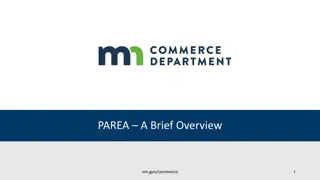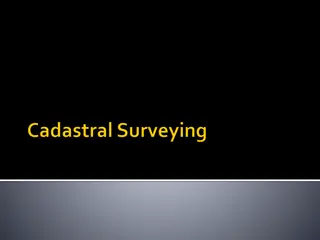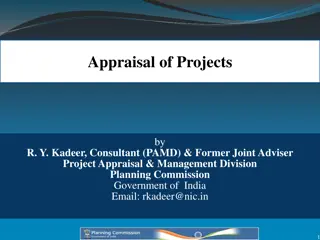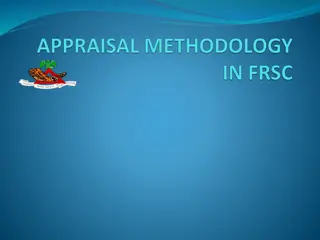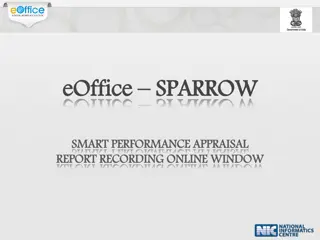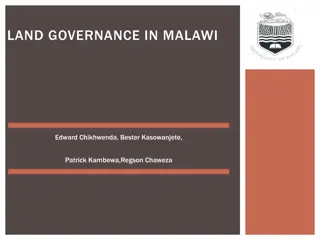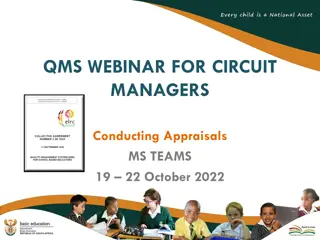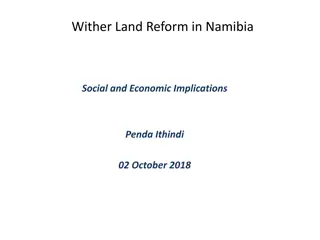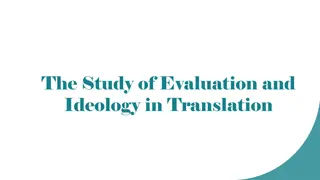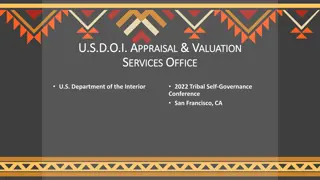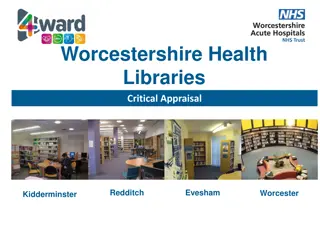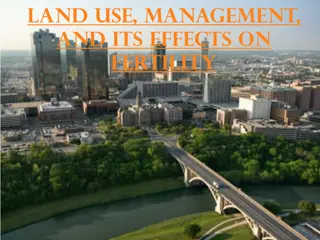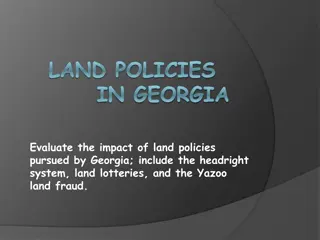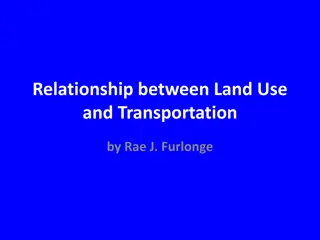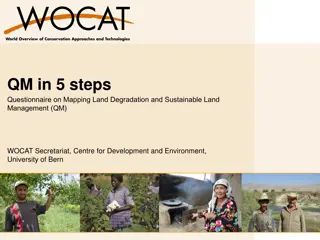Land Resource & Use Policy in India - Resource Appraisal and Management
Land is a vital natural resource in India, supporting diverse ecosystems and human activities. This paper explores the utilization and management of land resources, highlighting the challenges and importance of sustainable land use policies.
Download Presentation

Please find below an Image/Link to download the presentation.
The content on the website is provided AS IS for your information and personal use only. It may not be sold, licensed, or shared on other websites without obtaining consent from the author.If you encounter any issues during the download, it is possible that the publisher has removed the file from their server.
You are allowed to download the files provided on this website for personal or commercial use, subject to the condition that they are used lawfully. All files are the property of their respective owners.
The content on the website is provided AS IS for your information and personal use only. It may not be sold, licensed, or shared on other websites without obtaining consent from the author.
E N D
Presentation Transcript
Greater Nottingham Growth Options Study
Purpose of the Study To inform the review of Strategic Policies in Greater Nottingham by: Reviewing and assessing the sustainability of settlements within Greater Nottingham. Assessing the growth potential of broad locations. The Growth Options Study is being undertaken by AECOM and will be part of the evidence base informing the preparation of the Greater Nottingham Strategic Plan. It will assist the Councils to determine where and what form development should take place in order to meet the collective growth needs of the Councils across Greater Nottingham. The Study does not conclude which sites should be brought forward through the plan making process which is a decision for the Councils.
Key Study Principles The study defines strategic sites as: Capable of accommodating 2000 homes at a reasonable net density of 35-40 dwellings per hectare. This represents the typical minimum size of settlement that would accommodate a primary school and social infrastructure, such as a GP surgery. The Green Belt itself does not render a location unsuitable for strategic development in the context of the study. However, the Green Belt purposes in paragraph 134 of the NPPF are built into the wider assessment criteria. Also the Green Belt boundaries can only be reviewed through the Local Plan. AECOM are also looking at the sites submitted through the call for sites which were sites which on their own or with an adjoining site could accommodate around 500 dwellings. Although the focus of this assessment exercise is on land outside existing built up area, it is only one part of the Local Plan evidence base. Urban sites and smaller sites still have an important role to play and the Study does not supersede the important role of brownfield regeneration in sustainable development.
Methodology The study area comprises the administrative boundaries of Broxtowe, Erewash, Gedling, Nottingham and Rushcliffe Councils. A Call for Strategic Sites was carried out in July 2019 which resulted in sites being put forward by the development industry for consideration. These sites are assessed as part of the wider assessment of growth locations undertaken in the study, along with potential strategic locations identified as part of the study. The study uses an existing evidence base, detailed spatial analysis (including GIS modelling), site visits and engagement with statutory consultees and infrastructure providers.
Two Stage Approach This study broadly follows a two-stage approach: Stage 1 establishes a baseline by: Identifying and analysing broad assessment areas, covering the entire study area and leading to the establishment of broad areas of search to be interrogated in stage 2; and Assessing the suitability of existing settlements to accommodate strategic growth in terms of their position in the settlement hierarchy and the extent to which they provide sustainable access to services. Stage 2 assesses the broad areas of search identified in stage 1 to define more refined locations that are potentially suitable for strategic growth. It highlights what mitigating measures would be likely to be required to enable development.
Stage 1 Each of the broad assessment areas were assessed against the criteria below: Environmental constraints; Transport and accessibility including proximity to transport and access to services; Geo-environmental considerations; Infrastructure capacity and potential; Landscape and topography; Heritage considerations; Housing demand; Regeneration potential; Economic development potential; and Spatial constraints and opportunities. Land that is subject to significant show stopping environmental and spatial constraints is concluded to be less suitable for development.
Stage 2 The analysis in the Stage 1 assessment leads to the identification of a number of broad areas of search for more detailed consideration in Stage 2. An assessment is undertaken on the broad areas of search. Site visits are undertaken to analyse conditions on the ground (in particular for access, environmental, heritage, landscape and spatial aspects). Each area is classified based on whether it is deemed to be a: High potential area for strategic growth; Potential area for strategic growth; or Low potential for strategic growth but potential for some additional development. Plans are prepared setting out approximate areas within the Broad Areas of Search that appear to have potential for future growth and can be investigated in greater detail by the respective Council.
Next Steps May 2020 Final report will be available. This will then be reported to JPAB including the main recommendations. The final report will inform the overall strategy and identification of strategic sites which will be decisions for each Council drawing on this evidence. The opportunity for public comment will be extensive and will include the publication draft plan document in 2021which will contain the draft strategic sites.


